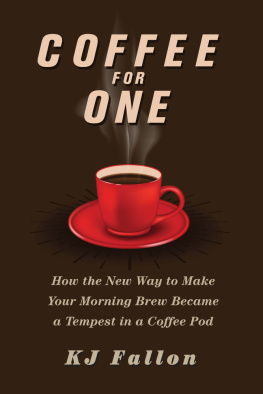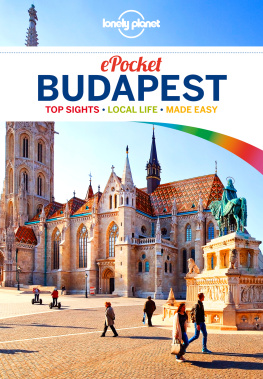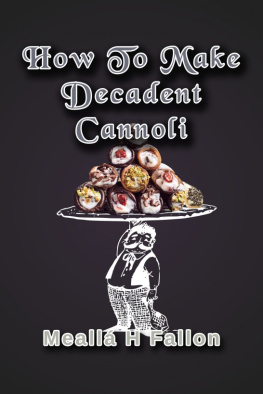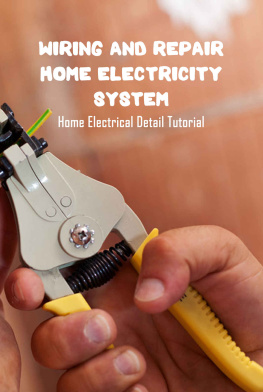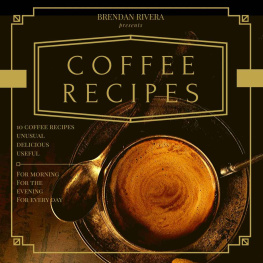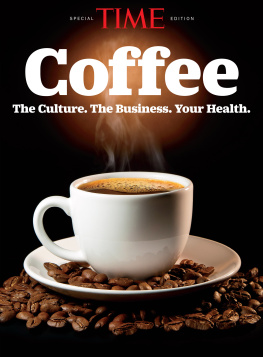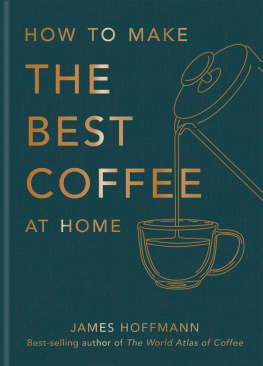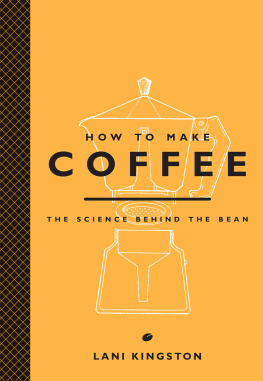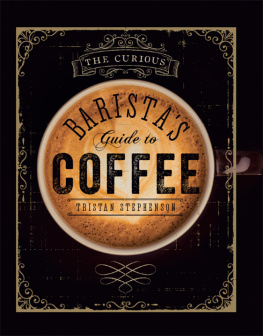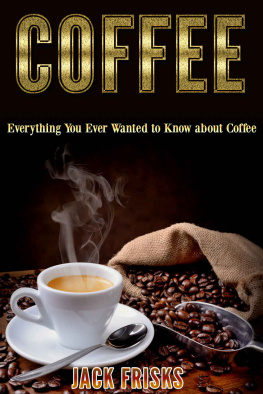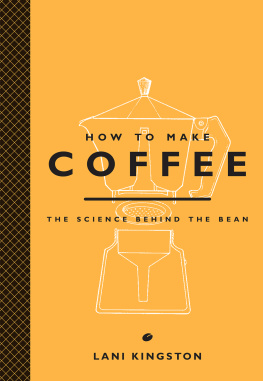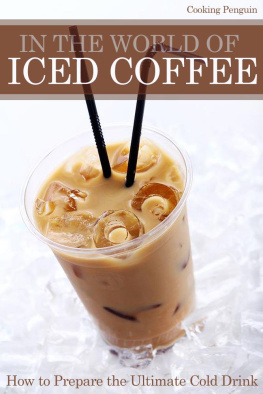


Copyright 2018 by KJ Fallon
All rights reserved. No part of this book may be reproduced in any manner without the express written consent of the publisher, except in the case of brief excerpts in critical reviews or articles. All inquiries should be addressed to Skyhorse Publishing, 307 West 36th Street, 11th Floor, New York, NY 10018.
Skyhorse Publishing books may be purchased in bulk at special discounts for sales promotion, corporate gifts, fund-raising, or educational purposes. Special editions can also be created to specifications. For details, contact the Special Sales Department, Skyhorse Publishing, 307 West 36th Street, 11th Floor, New York, NY 10018 or .
Skyhorse and Skyhorse Publishing are registered trademarks of Skyhorse Publishing, Inc., a Delaware corporation.
Visit our website at www.skyhorsepublishing.com.
10 9 8 7 6 5 4 3 2 1
Library of Congress Cataloging-in-Publication Data is available on file.
Cover design by Rain Saukas
Print ISBN: 978-1-5107-2554-6
Ebook ISBN: 978-1-5107-2555-3
Printed in the United States of America
This book is dedicated to my family because, in the end, that is what matters
Without my morning coffee Im just like a dried up piece of roast goat.
Johann Sebastian Bach
Contents
PART ONE
FROM CROP TO CUP THROUGH THE DECADES
PART TWO
LOVING THE SINGLE LIFE?
PART THREE
COFFEE FOR ONE EVOLVES
Preface
C offee is so ubiquitous in our culture that when a die-hard tea drinker I know went into a deli and ordered Tea to go, the guy behind the counter handed my friend two containers of coffee with lids.
Every year, more than 500 billion cups of coffee are served. Coffee fuels our existence. It is our push in the morning and the afternoon. Much has been written about the origins of coffee as a beverage and even the romance of coffee, using this brewing method or that one to bring out the true essence of whatever bean and whatever roast you have chosen to be transformed into a delicious, aromatic elixir. But lets face it. Most of the time, we want to have what we want and need as quickly as possible. This is where the near instant gratification of the single-serve coffee option comes in.
About 100 million people groggily reach for a cup of coffee first thing in the morning, and the single-serve brewing method is the fastest way to get that cup of java into their hands. Coffee wakes us up, keeps us up, and even provides health benefits, including burning fat and decreasing the risk of type 2 diabetes and the most common type of liver cancer, according to recent studies. Clearly, the beverage from the bean is a major part of life, and 54 percent of Americans over the age of eighteen are coffee drinkers.
A lot of folks have pushed the usual methods of making coffeethe percolator, the French press, and even Mr. Coffee-type brewersoff into the appliance nostalgia closet. Oh, sure, coffee connoisseurs will display and even use their French press or siphon or vacuum pots. And people still brew coffee using any manner of common and esoteric methodscold brewing, vacuum pot, AeroPress. And we all like a little variety. But as a basic and everyday way to make a cup of coffee, the single-serve brewer is here to stay and has found a permanent place on the kitchen counter. This is one small appliance that is not going to go away. It will evolve, but it will not disappear. Uses for it and variations of it will continue to develop. For instance, CVS pharmacy offers cold medicine in a single-serve cup meant to be dispensed via a single cup compatible brewer. Single serve is a singular phenomenon that will continue to grow and become more ingrained in our culinary culture.
Consumers now think nothing about spending the equivalent of more than fifty dollars a pound for ordinary coffee in single-serve pods or cups. Single-serve coffee says as much about our lifestyles as it does about how we make our coffee. Single serve is practically the only coffee brewing method an entire generation knows. This is what they grew up with and how they measure their coffee needs. Single-serve coffee has become so ingrained in our lives that the National Coffee Association USA (NCA), which, since 1950, has commissioned an annual survey about coffee consumption in the United States, recently broke out single serve into a separate category for market and trends research. In 2013, about fifteen billion single-serve coffee capsules were sold worldwide.
Many coffee lovers cannot remember a time when the machine that brewed and dispensed coffee one convenient cup at time did not exist. According to a National Coffee Association study, since 2012 single-cup brewers have been the second most used coffee preparation method. And the percentage of coffee drinkers who had coffee brewed in a single-serve brewer the previous day is on the rise.
It is as much about the pods as it is about the brewer, perhaps even more so. Keeping consumers hooked on a particular brand of pod or cup is the money maker. And drink lots of coffee, they do. The 2017 National Coffee Drinking Trends survey found that: In 2017, a total of 33% of households claim to own this type of brewer. This compares to 29% in 2016. We also see increased interest versus 2016 in buying a single-cup brewer in the next six months. This argues for continued growth of the systems.
As a lifelong coffee lover (who also appreciates a myriad variety of teas), it is my hope that the coffee-loving reader will enjoy learning about the evolution of single-serve coffee, and the failures, fights, and fiascos that have littered the road to best in cup.
The single serve represents not just a brewing sea change for the US forty billion-dollar coffee industry, but a lifestyle shift. No need for a pot of coffee for a family or group. At the office, no one has to be responsible for making a fresh pot of coffee. You can make fresh-brewed coffee just for yourself, using one hand, in under a minute.
The story of specialty coffee and single serve includes Green Day, Hugh Jackman, George Clooney, and a host of others who recognize the place that coffee has in our world.
Introduction
W hile this book started out as a long look at single-serve coffee and how it has become a part of life, it turned out to involve so much more. What was it about coffee culture that led to the single-serve option in the first place? Single-serve coffee did not appear in a vacuum. It took many years to get to the point where coffee lovers expected to be able to brew a fresh cup of coffee pretty much wherever and whenever they wanted. Imagine if a single-serve brewer had appeared somehow in, say, 1955, like in Back to the Future . I suspect that the people in the McFly household during that time period would have seen no use for such a gadget. Make just one cup of coffee for just one person? Why? What about the rest of us who want some coffee? I have a whole can of coffee right here. Opened it two weeks ago and theres still lots left.
Well, it is all about what youre used to, right?
Specialty coffee is the breakout spin-off from what past generations of coffee lovers had previously thought of as coffee. And specialty coffee has become ever more specialized. Is your specialty coffee shop not specialized enough for you? How about an even more specialized coffee bar inside the specialty coffee shop? Starbucks did just that when it opened Starbucks Reserve Bars in some of their stores. Starbucks also has specialized Roasteries where their premium, small-lot Reserve coffee beans are roasted. The Roasteries also serve the premium coffees. Starbucks has even announced it was opening a Roastery in Milan, Italy, in late 2018. Italy, where, according to Italy magazine:
Next page
